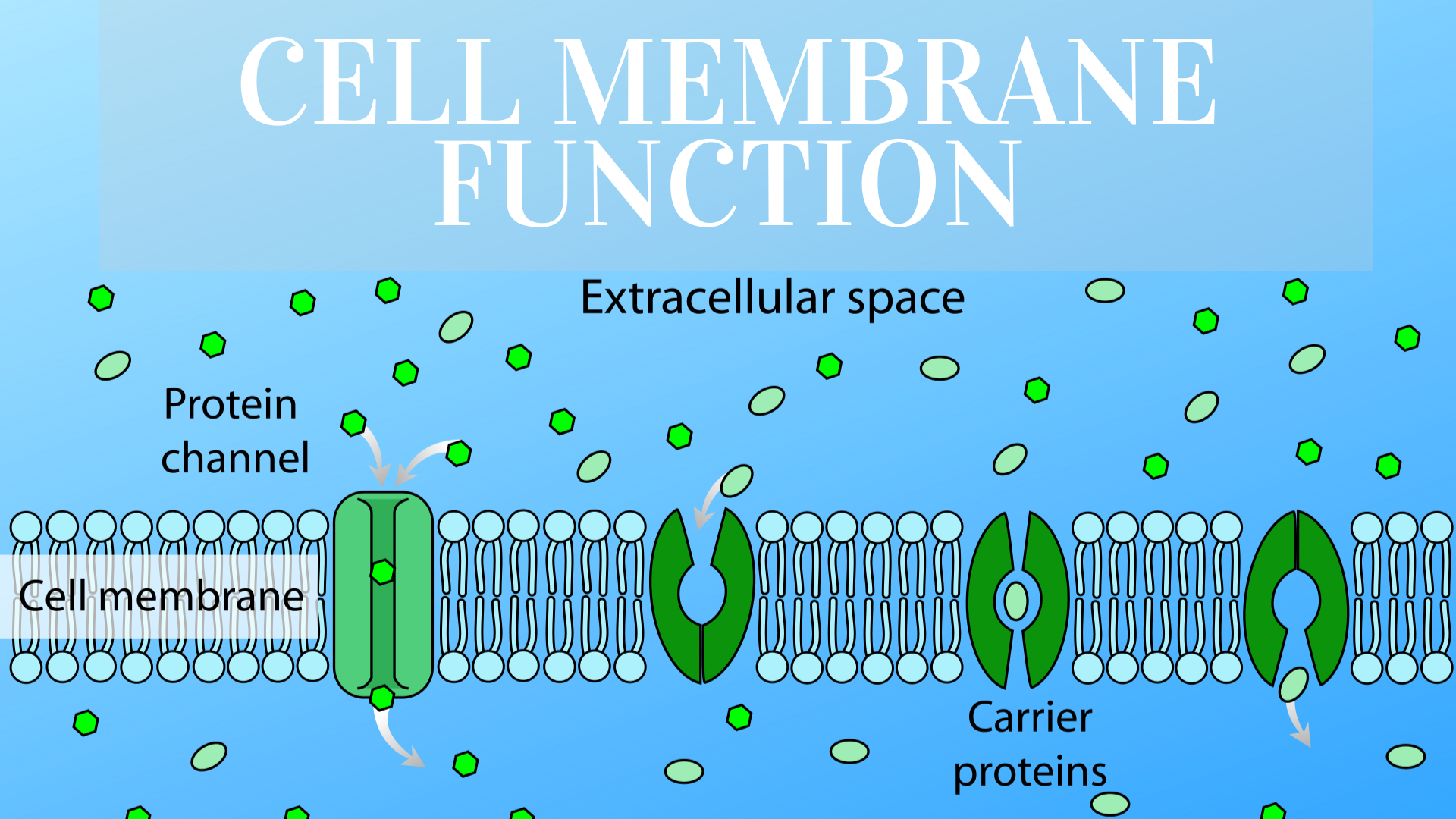Cell Membrane Definition And Function. Cell membrane is the outer membrane of the cell, which is made up of two layers of phospholipids with embedded proteins, separates the cell’s contents from its surroundings and regulates what enters and leaves the cell. Maintains shape of the cell in animal cell.

This organelle is also referred to as plasma membrane. It covers the protoplasm of cells. (2) they contain receptors and channels that.
Cell Wall Definition, Function, Structure, Location, Vs.
Plasma membrane also surrounds the organelles of eukaryotes. It is sometimes called the plasma membrane or cytoplasmic membrane. Model for plasma membrane was proposed called a fluid mosaic model.
Most Organelles Have Single Membranes, Except The Nucleus And The Mitochondria, Which Have Double Membranes.
Helps to protect the integrity of the interior cell. Essentially, a cell membrane is the outermost barrier that separates the internal contents of a cell in the cytoplasm from the external environment (e.g. Helps to maintain the shape of the cell and provides support also.
Its Function Is To Protect The Integrity Of The Interior Of The Cell By Allowing Certain Substances Into The Cell While Keeping Other Substances Out.
Helps to provide cell signaling and communication. Cell membrane is the outer membrane of the cell, which is made up of two layers of phospholipids with embedded proteins, separates the cell’s contents from its surroundings and regulates what enters and leaves the cell. Thus, a cell membrane also refers to a phospholipid bilayer membrane composed of many phospholipid molecules.
(1) They Keep Toxic Substances Out Of The Cell;
All the functions of the membrane have listed in the following: First, to be a barrier keeping the constituents of the cell in and unwanted substances out and, second, to be a gate allowing transport into the cell of essential nutrients and movement from the cell of waste products. A cell membrane is a border that covers every cell in a living organism.
Its Basic Job Is To Separate The Inside Of Cells From The Outside.
Peripheral membrane proteins also support the cell by anchoring the cell membrane to the cytoskeleton of the cell. It helps to maintain the shape and size of the cell. It is also called plasmalemma, cytomembrane, and biomembrane.